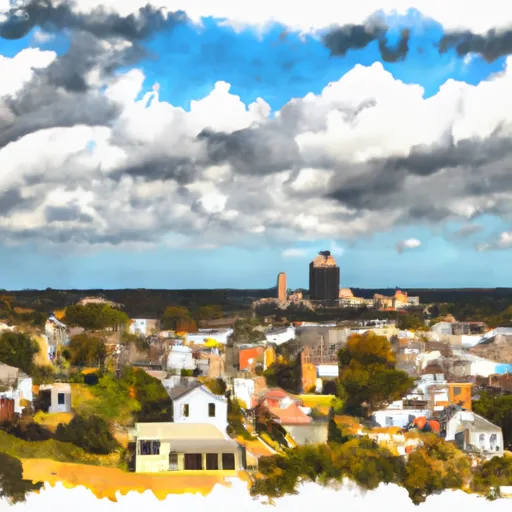°F
°F
mph
Windspeed
%
Humidity











Mount Vernon, Iowa is a charming city located in Linn County, nestled in the heartland of the United States. The city experiences a humid continental climate, characterized by hot summers and cold winters. Summers are often sunny and warm, with average temperatures ranging from the mid-70s to the low 80s Fahrenheit. Winters can be bitterly cold, with average temperatures ranging from the teens to the mid-30s Fahrenheit. Precipitation is evenly distributed throughout the year, with snowfall during the winter months.
The hydrology of Mount Vernon is influenced by the Cedar River, which flows nearby and provides ample opportunities for outdoor recreation. The river is ideal for activities such as fishing, canoeing, and kayaking. The city also boasts numerous parks and trails, offering residents and visitors opportunities for hiking, biking, and enjoying nature. These include the Palisades-Kepler State Park, which features scenic views, camping facilities, and hiking trails.
Overall, Mount Vernon, Iowa provides a picturesque setting for outdoor enthusiasts, with its diverse climate, proximity to the Cedar River, and abundance of parks and recreational areas.
Weather Forecast
Mount-Vernon receives approximately 920mm of rain per year, with humidity levels near 79% and air temperatures averaging around 10°C. Mount-Vernon has a plant hardyness factor of 5, meaning plants and agriculture in this region thrive during a short period during spring and early summer. Most plants will die off during the colder winter months.
Regional Streamflow Levels
48,600
Cubic Feet Per Second
45,000
Cubic Feet Per Second
1,730
Cubic Feet Per Second
50,400
Cubic Feet Per Second
Nearby Camping
| Camping Area | Reservations | Toilets | Showers |
|---|---|---|---|
| Hermann City RV Park | |||
| Onondaga Cave State Park | |||
| Graham Cave State Park | |||
| Riverfront RV Park | |||
| Pendleton Bend | |||
| Greer Crossing |



